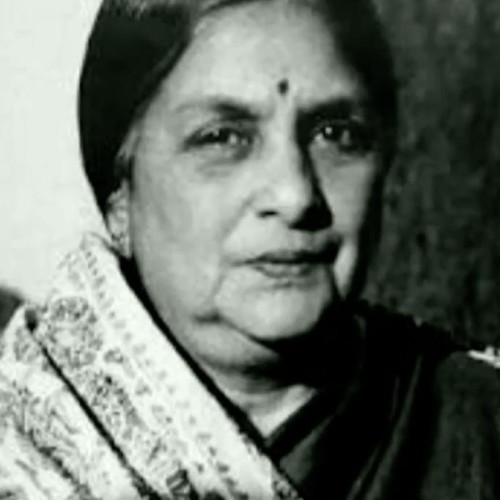By: Amrit Singh | Date Added:

Anasuya Sarabhai was born on November 11, 1885 in Ahmedabad, India. Born to a Sarabhai family, her family consisted of both industrialists and business people. Anasuya was unfortunate as both of her parents died when she was only nine years old. Orphaned, together with her brother, Ambaral Sarabhai and her younger sister, she had to move in with their uncle for parental care. According to the culture by then, she was a victim of early marriages as she was married off at the age of 13. Her marriage was unsuccessful as she was not aimed at living a married life but wanted to further her education. Assisted by her brother, she left for England in 1912 aimed at pursuing a medical degree. She, however, switched to the London School of Economics due to culture clash. Some of the animals that were used in the dissection violated her Jain beliefs, and she could therefore not continue with the course. Upon finishing her studies, Anasuya had a chance to start a successful career and life abroad, but she opted to go back to India. In 1913, she arrived in India and started championing for women rights and also those of the poor. She even started a school. Seeing the way women were being oppressed in their workplaces by being subjected to long shifts of about 36 hours and low pay, she decided to act out. She led a strike which involved textile workers in Ahmedabad by going into a hunger strike. The strike went on for a month and by the end of it, changes were seen. Although they didn’t get the 50 percent pay rise that they were asking, 35 percent was a great improvement. She became the uniter of the workers, and she would organize daily meetings with Gandhi would address. The unity led to the formation of the Ahmedabad Textile Labour Association in 1920. She died in 1972. She left a legacy that was key to women’s empowerment.
click hereShare your thoughts on this story with us. Your comments will not be made public.
Email
Copyright ©2016 - Design By Bureau Blank